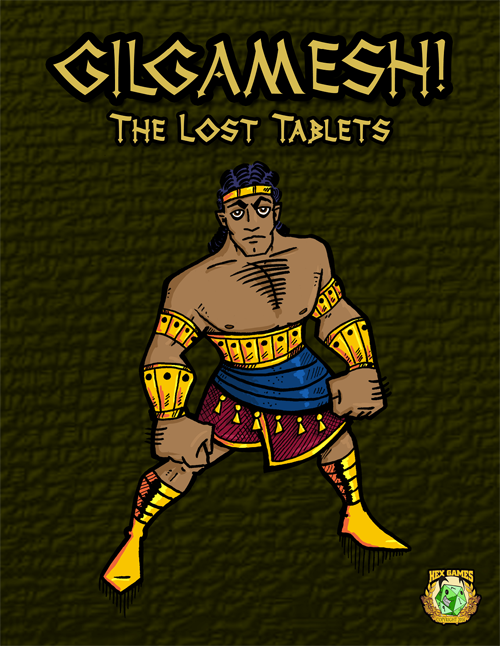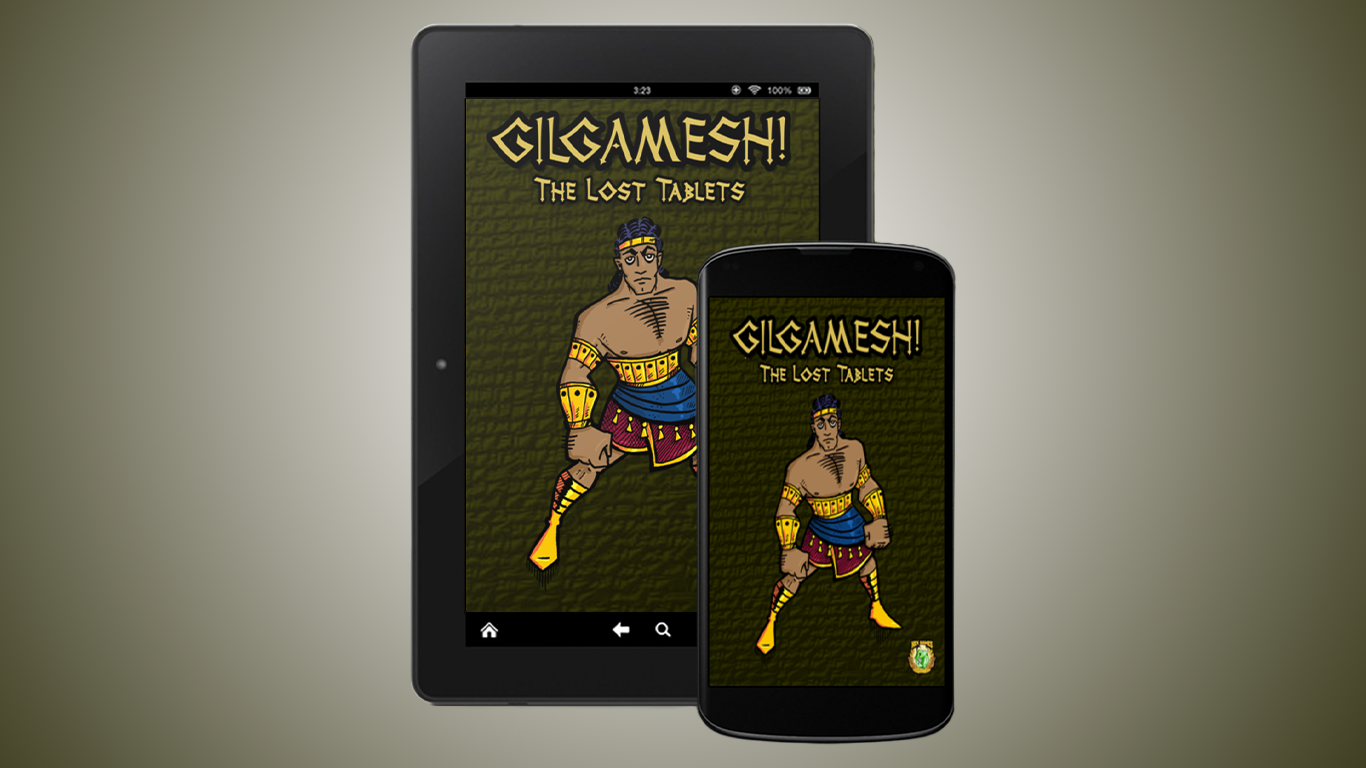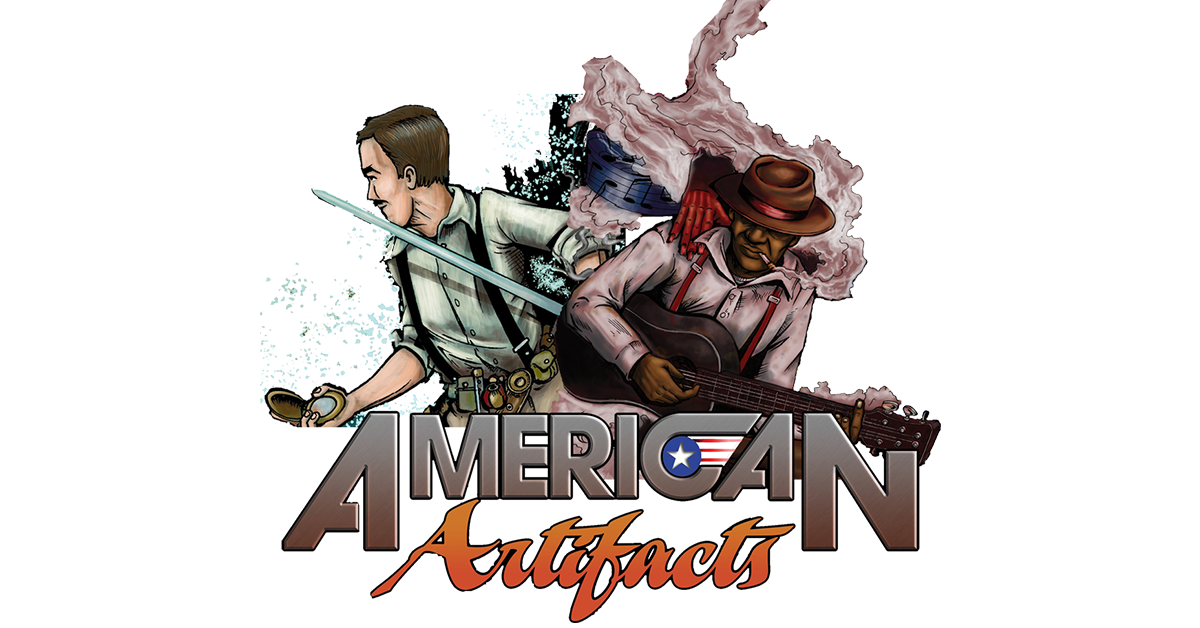We may earn money or products from the companies mentioned in this post.
An Interview with GILGAMESH! Writer Leighton Connor, Conducted by Stacy Forsythe
 The world’s oldest epic, The Epic of Gilgamesh, was written in its standard version sometime between 1300 and 1000 BC. Much more recently, in 2012, Leighton Connor adapted the epic into the RPG adventure GILGAMESH! Now, two years later, Leighton has followed that up with GILGAMESH!: The Lost Tablets, a supplement that includes additional plot summaries, characters, and GM notes.
The world’s oldest epic, The Epic of Gilgamesh, was written in its standard version sometime between 1300 and 1000 BC. Much more recently, in 2012, Leighton Connor adapted the epic into the RPG adventure GILGAMESH! Now, two years later, Leighton has followed that up with GILGAMESH!: The Lost Tablets, a supplement that includes additional plot summaries, characters, and GM notes.
I asked Leighton about these two books, and here’s what he had to say.
1. How did you come to discover the Epic of Gilgamesh?
Leighton Connor: I’d heard the name but I never really took notice of it until my wife was in seminary, and I audited an Old Testament class. There was an excerpt from the epic in our textbook. I got somewhat obsessed with Gilgamesh, based on that excerpt, though I didn’t actually read the whole story until years later.
I next encountered Gilgamesh in 2008 when I became a teacher. The first excerpt in our World Literature textbook was, fittingly enough, from the Epic of Gilgamesh. This time I was motivated to go out and get a copy of the epic, specifically the Stephen Mitchell translation. I read it and, what do you know, I loved it.
What attracted me to the epic at first was that it was a glimpse into another civilization from an almost incomprehensibly long time ago. I was fascinated by how alien it was. Over time, though, my feelings on it switched, as I came to realize that, despite the thousands of years between us and Gilgamesh, the concerns of the epic are similar to our concerns today. It’s surprisingly relatable. It’s a reminder that people are people, whether they live in 21st century, ancient Mesopotamia, or wherever. Everybody makes mistakes; everybody is afraid of dying.
2. What about Gilgamesh and his world makes for good RPG material?
LC: It’s a quest story. There’s magic, and monsters, and fighting. I’m surprised there aren’t more Gilgamesh RPGs.
Shortly after I read the epic for the first time, I decided to try running a Gilgamesh game at a convention. I try out a lot of stuff in con games; some stuff works, some doesn’t. The Gilgamesh game I ran at Origins was a huge success. The players really got into the over-the-top grandeur of the story, the bigness of it.
(A big part of it is yelling. The Gilgamesh player not only has to be bold, he or she has to be willing to bellow out, “I am GILGAMESH!” That’s why I made the title of the game all-caps with an exclamation point; that’s how it should be said.)
The first game went surprisingly well. That was just one time, though, and you have to try these things out with different groups of players. I ran the game several times at different conventions and, even when players came in with no knowledge of Gilgamesh, they ended up having a good time. It all comes down to the strength of the original story. The story just really works.
And it’s no surprise that it does. It was written, rewritten, edited, and tweaked over a period of a thousand years.
3. Why GILGAMESH! The Lost Tablets? What does it cover that the original product did not?
LC: It covers the early part of the story. What we call The Epic of Gilgamesh exists on 11 stone tablets. I based the adventure GILGAMESH! on tablets 8-11. The Lost Tablets gives plot summaries, character stats, and GM notes for the first 7 tablets. It’s not an adventure in itself, but a tool-kit the GM can use to expand on the material in GILGAMESH!
While the original adventure begins with Gilgamesh mourning Enkidu’s death, you now have game stats for Enkidu, and can role-play his adventures with Gilgamesh. Instead of just alluding to Gilgamesh and Enkidu’s battle with Humbaba, for instance, you can play it out. In addition to Enkidu and Humbaba there are stats for the temple prostitute Shamhat, Gilgamesh’s mother Ninsun, the sun god Shamash, the love goddess Ishtar, the Bull of Heaven, and more.
4. It would seem that an adventure so directly drawn from pre-existing literature would limit player (and, to some extent, GM) freedom. How have you addressed that concern in the product? Have your actual play experiences shown there to be an issue in practice?
LC: The structural problem with playing a game based on The Epic of Gilgamesh is that Enkidu is one of the two heroes of the story, and he dies halfway through. Then his death motivates the plot of the second half. It’s hard to run a game where one of the PCs has to die halfway through.
That’s why, when I ran the game at cons, and when I wrote the adventure, I started the story after Enkidu’s death. Then it’s a straightforward quest story. You give the PCs the goal at the beginning, they know where they have to go, and then how they get there is up to them. It’s flexible enough to allow all kinds of detours, but tends to generally hit all the high points of the epic.
And that was that, but people were having fun playing Gilgamesh and his companions, and they started to ask about that whole first half of the epic I had cut out. And they had a point; there are good times to be had with Enkidu and Humbaba and the rest. The key is that the GM has to be very careful not to railroad the PCs. I suggest using the Lost Tablets material as either flashbacks incorporated into a GILGAMESH! game, or as a prequel, after your group has played GILGAMESH! That way there’s a general understanding of what has to happen.
Alternatively, you could start at the beginning of the story and run a Gilgamesh campaign. In that case, I recommend that the GM keep an open mind, because there’s a good chance the game will deviate from the epic as written. But that’s okay; the story’s already been changed plenty, by the Sumerians, and then the Babylonians, and then the Akkadians, so why not by your gaming group?
5. Gilgamesh is a single hero, but the typical RPG group has 4-6 players. How does The Lost Tablets accommodate group play?
LC: There’s Enkidu, for one thing. He’s a great PC. The only problem is that dies-halfway-through-the-story thing.
I also wrote up Shamhat, the temple prostitute who civilizes Enkidu, as a PC. I really like the idea of the three of them adventuring together—in fact, I wrote in the text, “Though not a godlike warrior like Gilgamesh and Enkidu, Shamhat has useful skills, and she can bring some intelligence to the PC party. Imagine her accompanying the two muscle-bound oafs on their adventures, politely suggesting that they reconsider their ridiculous schemes, rolling her eyes when their backs are turned. The stories almost write themselves.”
In general, though, it’s easy to add in more PCs. There are several scenes in the story where Gilgamesh addresses the young men of Uruk before he goes off on some heroic quest. It’s easy to imagine a few of those young men, and/or young women, offering to tag along with him.
6. Artist Josh Burnett has returned from the original GILGAMESH! product. What is your favorite piece of his in The Lost Tablets?
LC: That’s an easy question. It’s a short book, and we wanted to include some authentic Mesopotamian images of Gilgamesh and Enkidu, so there was only room for one original illustration. For that one illustration I asked Josh to draw Humbaba, and he did a great job of it. Did you know that, according to some ancient sources, Humbaba’s face is coiled like intestines? It’s gross.
7. Will we see more GILGAMESH! material from Hex Games? Is there room for further adventures in the setting?
LC: I’ve covered all of the epic, but there are still other stories of Gilgamesh and Enkidu that predate the epic. There’s a story about King Akka of Kish coming to attack Uruk, and Gilgamesh and Enkidu defending the city. I mention that in Lost Tablets, and suggest that the GM could expand that as part of a larger campaign. There’s also a weird story about Gilgamesh dropping a ball into the underworld and Enkidu going after it, but I don’t think it would adapt very well to an adventure.
I would love for people to come up with more adventures for Gilgamesh, and run lengthy campaigns. For me, though, I am not planning on writing any more adventures in this setting. That doesn’t mean I’m completely done with Gilgamesh—I’m planning on writing a game where Gilgamesh teams up with Beowulf and Sindbad and other legendary heroes from throughout history to battle a vast cosmic threat to the whole universe. It will be the epic-est adventure ever. I’m excited about that, but it’s still a few years off.





